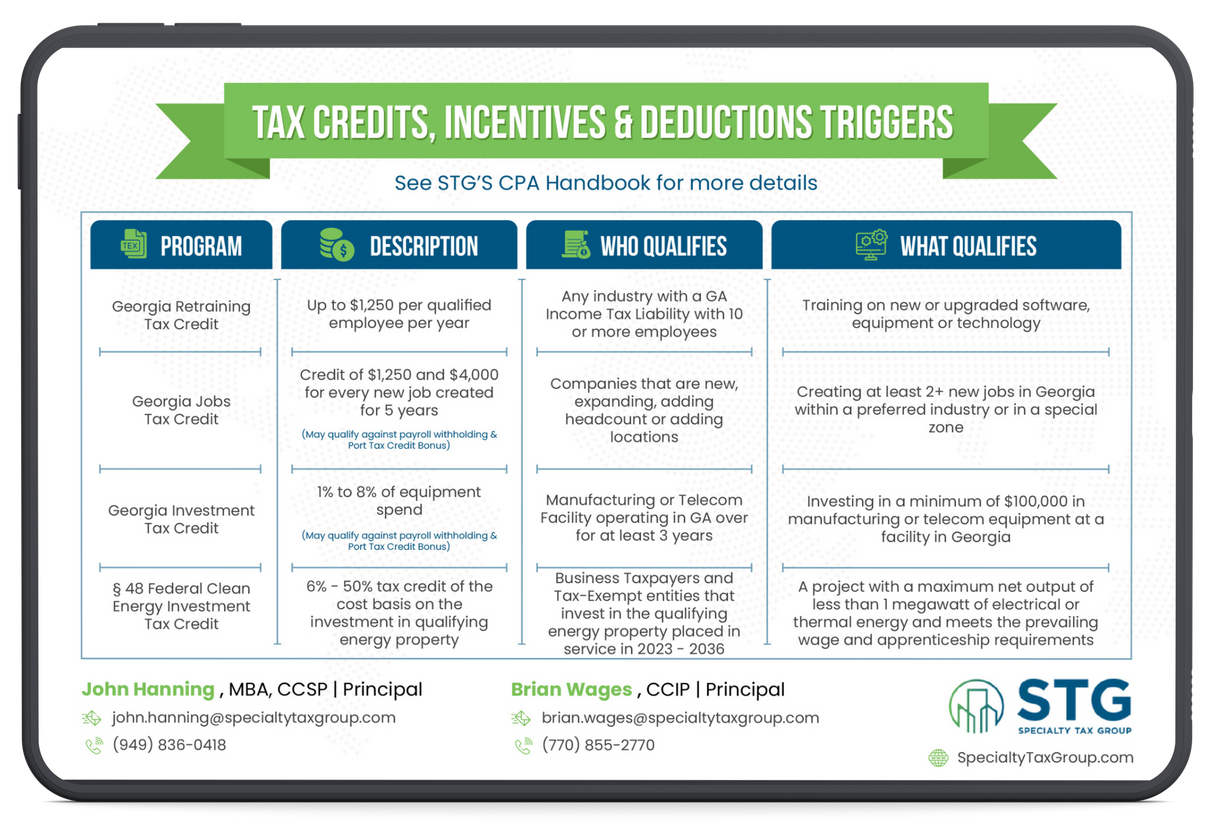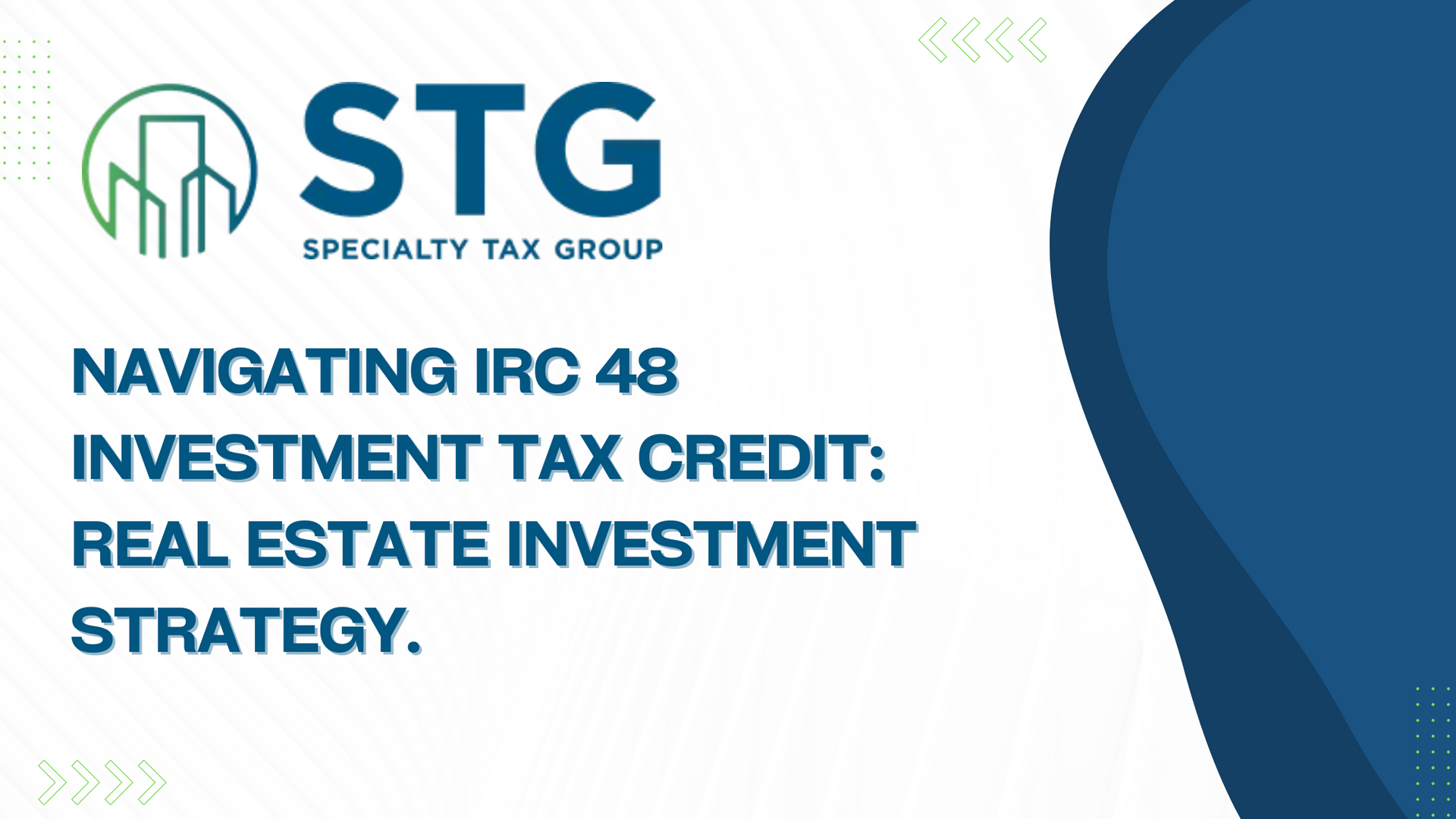This blog post has been researched, edited, and approved by John Hanning and Brian Wages. Join our newsletter below.
Newsletter Form
Thank you for joining our newsletter. We will email you the latest updates every other Thursday at 12pm.
Please try again later.

Key Developments
- The transferable tax credits market exceeded $30 billion in 2024, with credits selling at 89-95% of the face value
- Over $500 billion in private capital has been mobilized since the Inflation Reduction Act (IRA) implementation
- Transaction efficiency improved, with platforms facilitating deals in as little as 22 days 85% of buyers planning to maintain or increase credit purchases in 2025
Core Concept Explained
Transferable tax credits allow clean energy project owners to sell unused tax credits to businesses with tax liability. Introduced by the Inflation Reduction Act in 2022, this mechanism has transformed renewable energy financing by eliminating complex tax equity partnerships that previously limited market participation.
For example, a solar developer building a $10 million project qualifying for $3 million in tax credits can now sell those credits directly to a corporation for approximately $2.7 million in cash.
Qualifying Projects and Benefits
Qualifying technologies include:
- Solar installations
- Wind energy (onshore and offshore)
- Energy storage systems
- Geothermal and fuel cells
- Electric vehicle charging infrastructure
The§ 48 Investment Tax Credit provides between 6% and 30% of project costs, with an additional 10% bonus for domestic content and another 10% bonus for projects in energy communities.
Market Evolution
The transferable credit market has matured rapidly:
- 2022: IRA creates a transferability option
- 2023: Initial market established with credits selling at 85-90% of face value
- 2024: Market volume exceeds $30 billion with improved pricing
- 2025: Standardized processes with increasing buyer participation
Transfer Process and Capital Structure
The transfer process follows these key steps:
- Project development and completion
- Credit generation upon placing in service
- Buyer identification (often through intermediaries)
- Documentation and IRS notification
- Cash payment to the developer
Transferable credits typically provide 20-30% of project funding in a capital stack that includes:
- Senior debt (50-70%)
- Mezzanine financing
- Sponsor equity
- Tax credit proceeds
This approach can be combined with other incentives like the45L Energy Efficiency Tax Credit and
state-specific programs to maximize project returns.
Policy Considerations
While the market continues growing, policy uncertainties exist:
- Potential repeal considerations valued at $851 billion over 2025-2034
- State-level challenges that may impact project development
- Ongoing IRS guidance refinements
Strategic Approaches for Developers
Developers can maximize value through:
- Combining transferable credits withgreen energy incentives
- Strategic timing of project completion
- Portfolio approaches (bundling multiple projects)
- Forward commitments from credit buyers
- ExploringR&D tax credits for innovative clean energy technologies
Conclusion
Transferable tax credits have fundamentally transformed clean energy financing, creating opportunities for developers of all sizes and accelerating America's renewable energy transition. The market continues to mature with improving efficiency and standardization.
For businesses looking to develop clean energy projects or purchase tax credits, consulting with qualified tax advisors is essential to navigate this evolving landscape and maximize available benefits.
2024 Tax Guide
Have A Question?
Contact us today and our friendly team will reach out as soon as possible.
All Rights Reserved | Specialty Tax Group | Powered by Automationlinks | Privacy Policy





